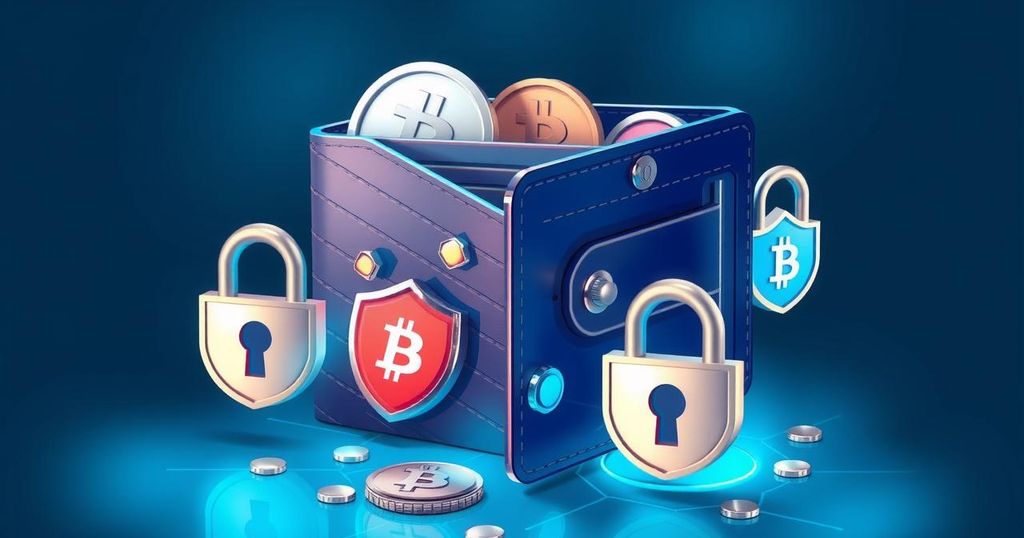As Bitcoin Surges, Scams On The Rise: How To Protect Yourself
Bitcoin’s recent surge to US$174,235 has heightened concerns over cryptocurrency scams, costing investors over US$10 billion in 2024. With Australians suffering at least $180 million in losses, expert Mariam Iashagashvili offers critical advice on protecting oneself from these scams, including securing seed phrases, verifying wallet addresses, and learning to identify cyber threats.
Bitcoin’s rapid rise to a new peak of US$174,235 in late May has not only provided opportunities for investors but also made them targets for fraud. In fact, a staggering US$10 billion was reportedly swindled from cryptocurrency investors globally last year. In Australia alone, losses attributed to these scams reached at least $180 million.
Mariam Iashagashvili from ApeX Protocol highlights the dual-edged sword of cryptocurrency, stating, “While new opportunities abound, the risks are substantial—especially with advances in AI that facilitate elaborate scams.” AI-generated deepfakes can produce videos and messages mimicking reputable figures, tricking unsuspecting investors into making harmful choices. With such scams evolving rapidly, being informed is crucial.
So, how can individuals safeguard their investments? Here are six tips to steer clear of the schemers.
First up, don’t store your seed phrase carelessly. Many choose to keep it in note-taking apps or the cloud, but this method exposes it to potential breaches. The best approach? Write the seed phrase down physically and secure it in multiple safe places, while absolutely never sharing it.
Next, be alert on social platforms. Many scams impersonate celebrity endorsements, often using figures like Elon Musk, whose crypto ventures are well-known. To protect yourself, engage only with verified accounts and steer clear of unsolicited offers.
And watch out for smart contract vulnerabilities! While smart contracts are vital in decentralised finance, they can be exploitative. A notable case involved a DeFi protocol losing US$120 million due to smart contract flaws. Always interact solely with audited contracts and keep token approvals limited.
When dealing with wallet addresses, verification is paramount. Clipboard hijacking can alter copied addresses before a transaction is completed. Manual checks and using QR codes can mitigate this risk, as well as acquiring a hardware wallet.
Also, exercise caution against cyber-attacks targeting desktops and mobile devices. Malware like keyloggers can tap into sensitive data. Keeping systems updated and using dedicated devices for transactions is essential to remain secure.
Lastly, learn to test transactions before sending significant amounts. According to Coinbase, user errors like typos in wallet addresses account for 33% of crypto losses. To counter this, initiate small test transactions and confirm receipt before proceeding with larger transfers.
“An AI-generated message or a single deepfake can mislead millions in minutes,” Iashagashvili warns. Addressing these challenges is vital. Continuous education, heightened vigilance, and robust systems—like improved AI detection tools—are necessary to create a safer crypto environment. Keeping informed and united can significantly enhance personal and communal security in the crypto sphere.
David Hollingworth is an experienced tech journalist, contributing insights on cyber security while indulging in his passion for Lego.
Be among the first to learn about the latest trends in the cyber industry.




Post Comment